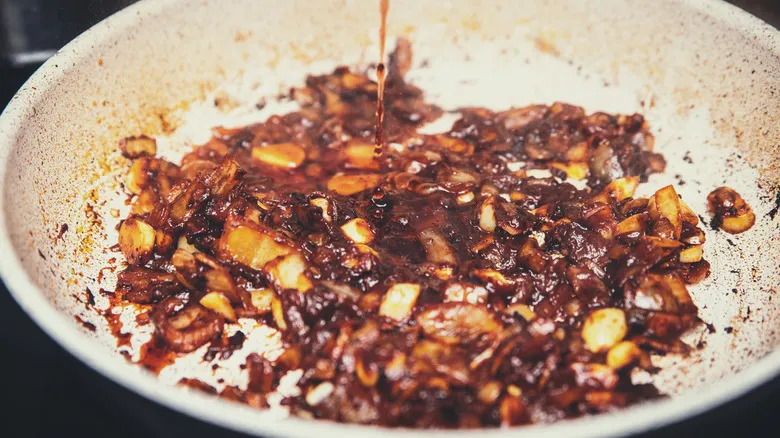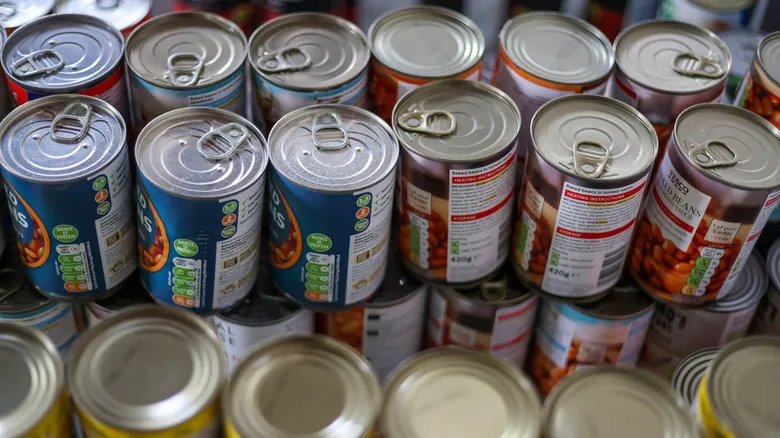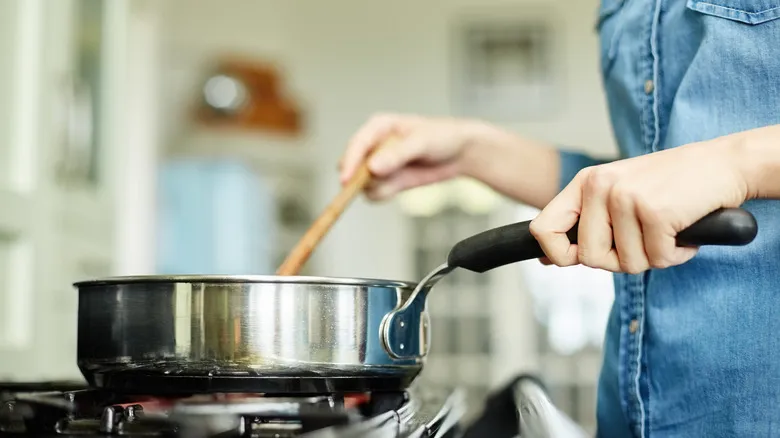Building a flavorful fond

While deglazing the fond in your pan doesn't require much expertise, creating a rich and flavorful fond initially does require some knowledge. The first step is to select the appropriate cookware. Since the formation of an ideal stuck-on fond relies on the Maillard reaction, it's crucial for your ingredients to achieve a deep browning. Nonstick surfaces can hinder this reaction, so it's advisable to use cast iron or stainless steel pans.
Another helpful tip for developing a tasty fond, particularly when working with smaller pieces of meat or trimmings, is to incorporate a small amount of liquid into your pan. This isn't about deglazing—remember, that comes later—but rather adding a bit of water or broth with your ingredients and allowing everything to simmer until the liquid evaporates. This technique extracts every last bit of fat and moisture from what you're cooking, promoting a beautiful browning that rivals traditional searing methods.
Deglaze like a champ

Once your proteins, vegetables, or aromatics are cooked and your fond has formed, it's time to deglaze. This process is quite simple, but there are some key tips to ensure you do it correctly.
First, consider the temperature of the pan: For deglazing to be effective, your pan needs to be hot. If it's not, you’ll struggle to lift the fond from the bottom. You should see some smoke and hear a sizzle when you add the liquid.
Speaking of liquid, the choice you make can significantly influence the flavor of your dish. Opt for broth for a savory foundation, wine for a deeper taste, or water for a neutral option that allows the fond's natural flavors to shine. Be sure to avoid using milk, cream, or any dairy products for deglazing, as they can curdle at high temperatures.
Finally, ensure you have a sturdy utensil on hand. It may require some effort to dislodge those browned bits, so a wooden spoon or a similar tool that won’t scratch the pan is your best bet.
Recommended

The Best Spot In Your Fridge To Store Raw Chicken

The Pantry Storage Mistake That Damages Canned Food

What Happens When You Leave Canned Food Open In The Fridge

Ina Garten's Upside Down Method For Storing Good Knives
Next up

